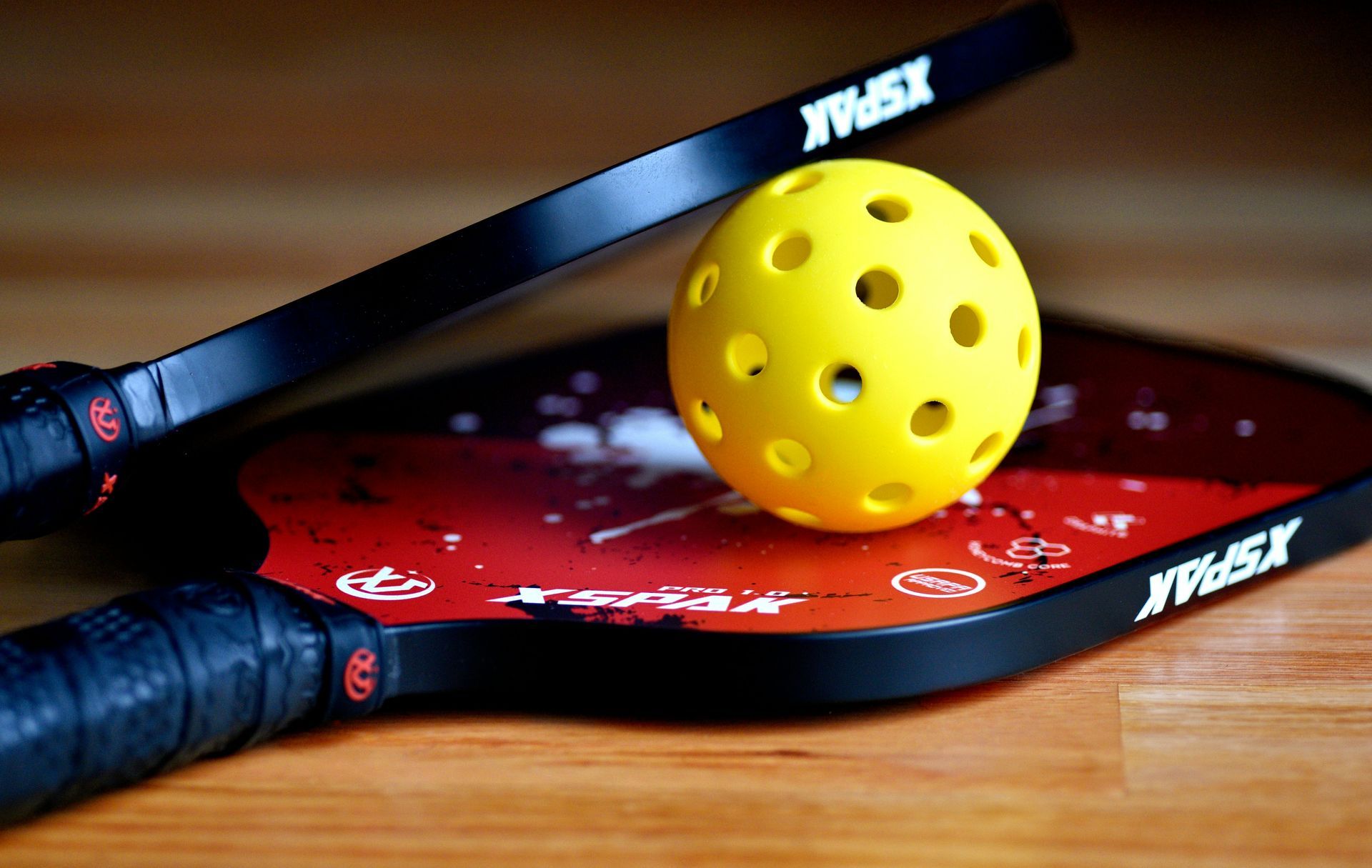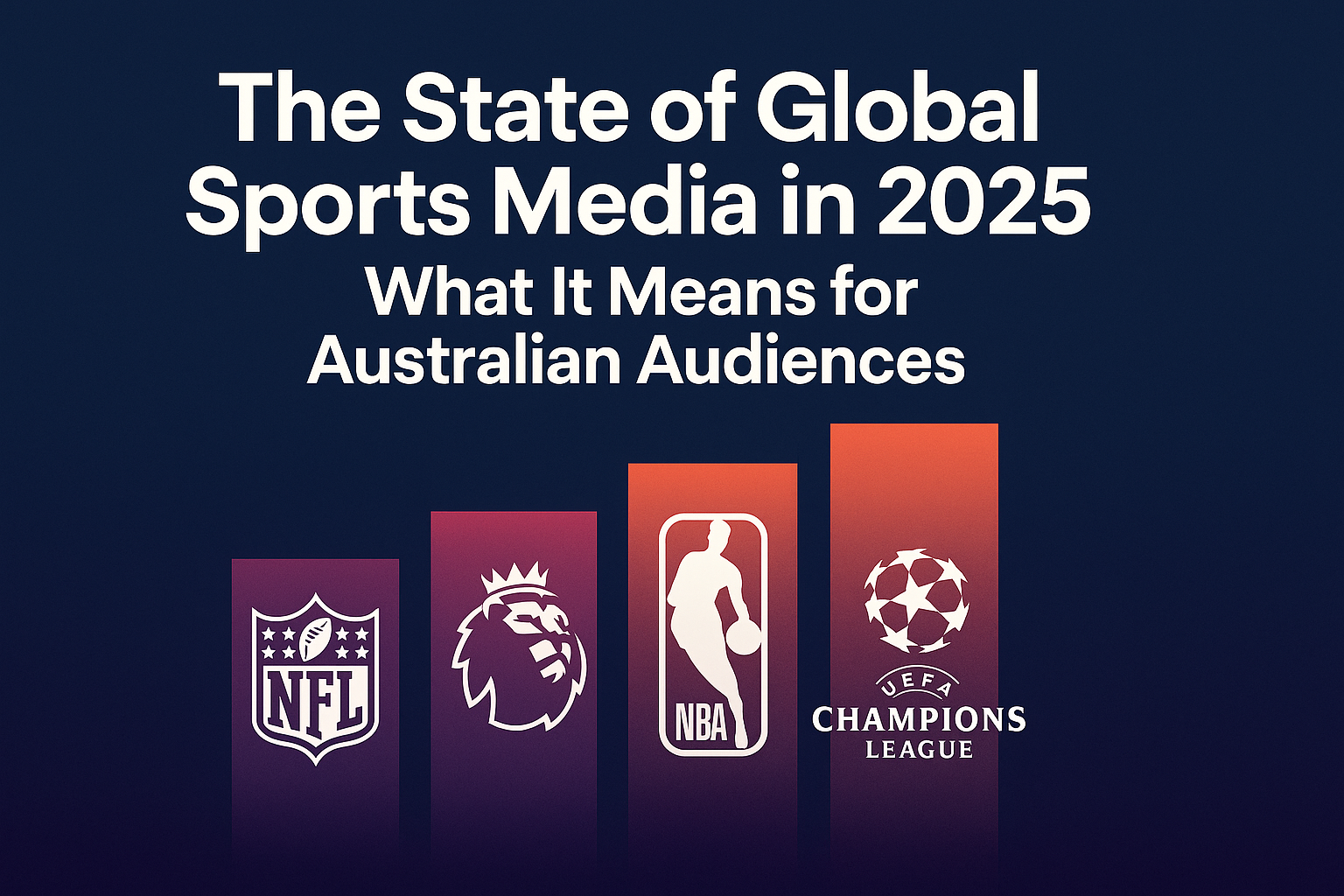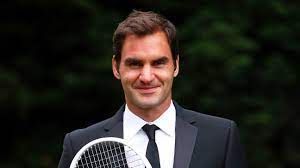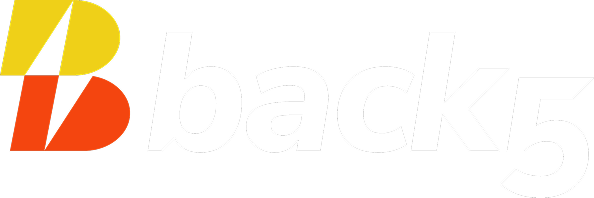
Popular This Month
Popular This Month
Winning Together: How Brands Can Accelerate Growth Through Strategic Sports Partnerships
In today's competitive marketplace, brands are constantly seeking innovative ways to connect with consumers, build loyalty, and drive growth. One strategy that has proven consistently effective across industries is partnering with sports organisations. From grassroots clubs to professional leagues, sports partnerships offer brands unique opportunities to reach engaged audiences, build authentic connections, and create lasting impact.
The Power of Sports in Brand Building
Sports hold a unique position in popular culture. They transcend demographic boundaries, create emotional connections, and generate passionate communities around shared experiences. When brands align themselves with sports organisations, they tap into this powerful emotional currency.
The numbers speak for themselves: global sports sponsorship spending reached over $65 billion in 2023, with brands recognising the unparalleled reach and engagement that sports properties provide. Unlike traditional advertising, sports partnerships offer brands the chance to become part of the story, rather than simply interrupting it.
Key Benefits of Sports Partnerships
Enhanced Brand Visibility and Reach
Sports partnerships provide brands with extensive exposure across multiple touchpoints. Whether through jumper sponsorships, stadium naming rights, or event partnerships, brands gain access to both live audiences and broadcast viewership that can reach millions of consumers simultaneously.
Consider the visibility that comes with naming rights to a major stadium. Every time the venue is mentioned in media coverage, social media posts, or casual conversation, the brand receives organic exposure. This type of integration creates sustained brand awareness that extends far beyond traditional advertising campaigns.
Authentic Audience Engagement
Sports fans are among the most engaged consumer groups, demonstrating higher levels of brand loyalty and purchase intent when brands authentically support their favorite teams or athletes. This engagement stems from the emotional investment fans have in their sports, creating opportunities for brands to build genuine connections.
Partnerships allow brands to engage with audiences in environments where they're already emotionally invested and receptive to messaging. This context creates more meaningful interactions than traditional advertising channels often provide.
Demographic Targeting Opportunities
Different sports attract distinct demographic profiles, allowing brands to strategically align with organisations that reach their target audiences. For example, a brand targeting younger urban consumers might partner with basketball organisations, while a company focused on affluent professionals might align with golf or tennis.
This targeted approach ensures marketing investments reach the most relevant audiences, improving return on investment and campaign effectiveness.
Community Connection and Social Impact
Sports partnerships often provide opportunities for brands to demonstrate community involvement and social responsibility. Supporting local teams, youth programs, or grassroots initiatives allows brands to show genuine commitment to the communities they serve.
These partnerships can enhance brand reputation and create positive associations that extend beyond commercial objectives. Consumers increasingly value brands that contribute positively to their communities, making these partnerships valuable for long-term brand building.
Types of Sports Partnerships to Consider
Professional League Sponsorships
Partnering with professional leagues offers maximum visibility and prestige. These partnerships typically involve significant investment but provide access to massive audiences and premium association opportunities. Examples include title sponsorships of major leagues or becoming the official partner in a specific category.
Team Partnerships
Working directly with individual teams allows for more targeted geographic and demographic focus. These partnerships can range from jumper sponsorships to stadium naming rights, offering various levels of investment and visibility.
Athlete Endorsements
Individual athlete partnerships provide brands with authentic spokespersons who can represent brand values and connect with specific audience segments. These relationships can be particularly effective for lifestyle and performance-oriented brands.
Event Sponsorships
Sponsoring specific sporting events, tournaments, or competitions allows brands to associate with particular moments or achievements. These partnerships can be more cost-effective than long-term commitments while still providing significant exposure.
Youth and Grassroots Programs
Supporting youth sports and community programs demonstrates long-term commitment to sport development and community investment. These partnerships often generate positive publicity and help build brand loyalty among younger demographics.
Strategic Considerations for Success
Alignment with Brand Values
Successful sports partnerships require authentic alignment between brand values and the sports organization's identity. Consumers can easily identify forced or inauthentic partnerships, which can damage brand credibility rather than enhance it.
Brands should evaluate potential partners based on shared values, target audiences, and cultural fit. This alignment ensures the partnership feels natural and resonates with both existing customers and new audiences.
Clear Objectives and Measurement
Before entering any sports partnership, brands must establish clear objectives and measurement criteria. Whether the goal is brand awareness, lead generation, or community engagement, having defined metrics allows for proper evaluation of partnership effectiveness.
Common measurement approaches include brand awareness surveys, social media engagement tracking, website traffic analysis, and sales attribution modeling. Establishing these metrics upfront ensures partnerships deliver measurable business value.
Integration Across Marketing Channels
Sports partnerships work best when integrated across all marketing channels rather than treated as isolated initiatives. This integration might include social media campaigns, content marketing, public relations, and retail activations that leverage the partnership.
Comprehensive integration amplifies the partnership's impact and ensures consistent messaging across all consumer touchpoints.
Long-term Relationship Building
The most successful sports partnerships are built on long-term relationships rather than short-term transactions. Sustained partnerships allow brands to build deeper associations with sports properties and create more meaningful connections with audiences.
Long-term commitments also provide stability for sports organizations, which can lead to better partnership terms and more collaborative relationship development.
Best Practices for Implementation
Start with Research and Planning
Thorough research should precede any partnership decision. This includes analyzing potential partners' audience demographics, media coverage, reputation, and alignment with brand objectives. Understanding the competitive landscape and category exclusivity requirements is also crucial.
Develop Comprehensive Activation Strategies
Simply signing a partnership agreement is not enough. Brands need comprehensive activation strategies that maximize the partnership's value through creative campaigns, experiential marketing, and multi-channel integration.
Successful activations often include exclusive content creation, fan experiences, retail promotions, and digital engagement initiatives that extend the partnership's reach beyond traditional sponsorship elements.
Build Authentic Storytelling
The most effective sports partnerships tell compelling stories that resonate with audiences. Rather than simply displaying logos, brands should develop narratives that connect their values and mission with the sports organization's journey and achievements.
These stories can be shared through various content formats, from video documentaries to social media campaigns, creating emotional connections that drive brand loyalty.
Monitor and Adapt
Successful partnerships require ongoing monitoring and adaptation. Regular assessment of partnership performance, audience feedback, and market conditions allows brands to optimize their approach and maximize return on investment.
This might involve adjusting activation strategies, exploring new partnership elements, or expanding successful initiatives based on performance data.
Measuring Partnership Success
Brand Awareness Metrics
Track changes in brand awareness, recognition, and recall among target audiences. These metrics provide insight into the partnership's impact on brand visibility and top-of-mind awareness.
Engagement Metrics
Monitor social media engagement, website traffic, and content consumption related to partnership activities. These metrics indicate how well the partnership resonates with audiences and drives active engagement.
Business Impact Metrics
Measure direct business impact through lead generation, sales attribution, and customer acquisition costs. These metrics demonstrate the partnership's contribution to business growth and return on investment.
Brand Perception Metrics
Assess changes in brand perception, purchase intent, and brand loyalty among target audiences. These metrics reveal the partnership's impact on brand equity and long-term customer relationships.
Future Trends in Sports Partnerships
Digital Integration
The future of sports partnerships increasingly involves digital integration, including virtual reality experiences, interactive content, and social media integration. Brands that embrace these technologies can create more immersive and engaging experiences for sports fans.
Data-Driven Personalization
Advanced analytics and data collection allow for more personalized and targeted partnership activations. Brands can use fan data to create customized experiences and messaging that resonate with specific audience segments.
Sustainability and Social Impact
Growing consumer awareness of environmental and social issues is driving demand for partnerships that demonstrate genuine commitment to sustainability and positive social impact. Brands that align with these values through their sports partnerships will likely see stronger audience resonance.
Emerging Sports and Esports
The rise of new sports and esports presents opportunities for brands to connect with younger audiences and emerging markets. Early adoption of these partnerships can provide competitive advantages and authentic connections with growing fan bases.
Conclusion
Sports partnerships offer brands powerful opportunities to accelerate growth, build authentic connections, and create lasting impact in the marketplace. Success requires strategic thinking, authentic alignment, and comprehensive execution that integrates partnerships across all marketing channels.
The brands that will thrive in this space are those that view sports partnerships not as simple sponsorship deals, but as strategic relationships that create mutual value for brands, sports organizations, and fans alike. By focusing on authentic storytelling, community impact, and long-term relationship building, brands can unlock the full potential of sports partnerships to drive sustainable growth and build lasting customer loyalty.
As the sports industry continues to evolve and expand, the opportunities for meaningful brand partnerships will only grow. Brands that invest in understanding this landscape and building authentic relationships within it will be best positioned to capitalize on the unique power of sports to connect with consumers and drive business success.
Ready to Transform Your Relationship with Sport?
Whether you're a sports club seeking sustainability or a brand wanting to leverage
sport's power, Back5 has the proven strategies to help you succeed.






